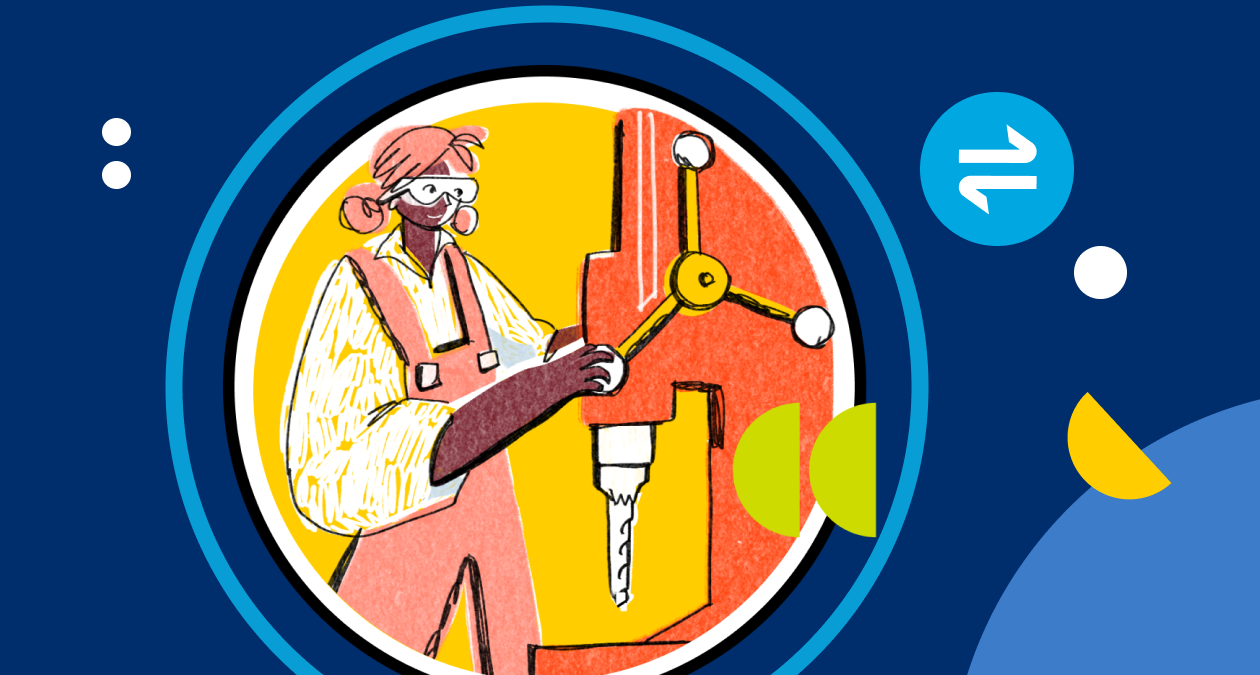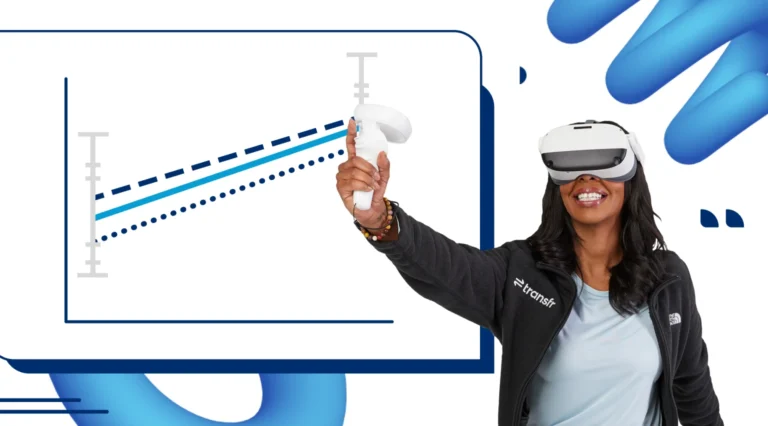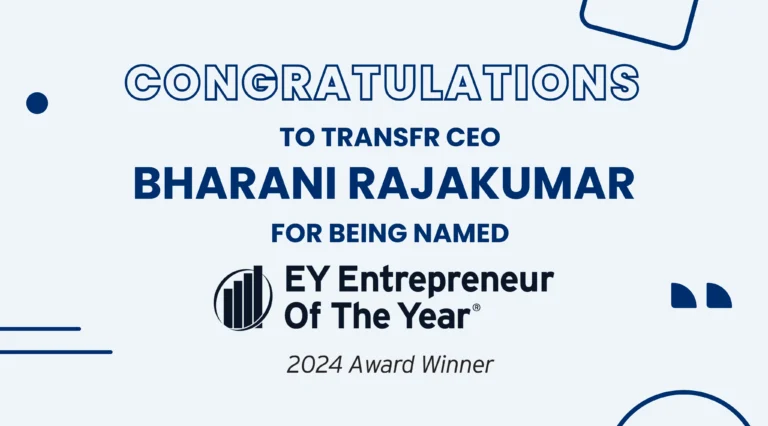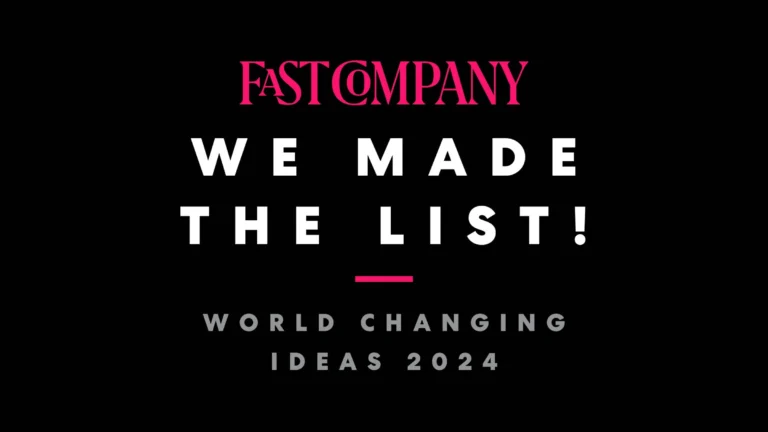It’s been widely reported that the pipeline for new trainees and workers in the skilled trades has been declining dramatically for years, which spells disaster for our nation’s infrastructure and people’s daily lives. Absent from these stories is the fact that many of the jobs going unfilled in these fields could provide workers with family-sustaining wages without incurring large amounts of student debt. Potential candidates and school-aged learners often overlook these important roles and their potential for high-paying salaries. There is a general lack of awareness around the great opportunities offered in these fields. It’s also often unclear exactly what training pathways to these jobs look like.
The Transfr mission is to train the future of every industry! And before a training journey can start, a job seeker or student needs to know what direction they want to go in. Transfr VR career exploration delivers short introductions to jobs in high-growth industries, allowing students to try out a variety of roles. However, even while more and more organizations are seeing the value in VR career exploration, we also recognized a need to create a non headset-based introductory experience that could be accessed from anywhere, anytime.
Our solution to helping people from pools of undiscovered talent learn more about amazing opportunities in the skilled trades: Use augmented reality (AR) to share a version of our already-amazing VR career exploration with learners and job seekers across the country. Transfr Vice President, Creative, Alexandra Zaccaria, and Director of Career Exploration and Product-Market Fit, Tom Darling, joined us on Upward, the Transfr podcast, to explain why we built this type of immersive experience and how it can help change lives by getting more people on their personal pathways to career success!
Why turn VR career exploration into an AR experience?
Career exploration curricula vary widely from state to state and school to school, but one recurring theme is that students and job seekers aren’t given the time and resources they need to really dig into the myriad opportunities available to them. Often schools and students end up favoring more academic pathways to skill-based jobs, particularly in skilled trades.
“Career exploration right now is primarily limited by student and facilitator time constraints,” says Tom. “You also have students who just don’t see the relevance of career exploration.”
While Transfr’s VR career exploration simulations are very popular, AR deployed through cell phones was seen as a better option to reach more students, more quickly. K12 settings especially saw this as a strong entry point.
“Schools favored augmented reality because it’s very engaging for the students,” Tom explains. “It’s not just a typical computer-based program; they can use it on their phones.”
With a goal of helping more people discover their unique pathways to career success and the right means of doing it identified, the next challenge was translating the VR career exploration content into an AR experience:
“Our goal for the Transfr AR experience was to give a high-level view of different manufacturing career options to help interested learners better understand where skills training can lead them.” Alexandra says. “The experience showcases the entire classroom-to-career pathway and takes students through training options for five of the sector’s most in-demand jobs in manufacturing. It also includes job numbers, salaries, and employers in four spotlight states: Alabama, Ohio, Tennessee, and Illinois.”
Transfr’s new AR experience gives users across the country a chance to explore roles within the manufacturing industry, no matter where they are (at home, a school, a library, etc.), with equipment they already own — their phone. It’s a fun, accessible Transfr experience for anyone who’s interested in building a better future for themselves and the world.
Driving interest in manufacturing careers
Manufacturing and the trades are coming back in the US in a big way. People with the right skills (and not necessarily a college degree) will be poised to make good money in high-growth industries. But to get those skills, job seekers need to better understand available career pathways and trajectories for success. These exact paths take on a variety of forms depending on location, but we chose four spotlight states for the AR program based on the resurgence of manufacturing jobs in those specific areas of the country.
“To build an authentic experience, we partnered with states that are truly focused on growing both their manufacturing industries and local talent.” says Alexandra.
Connecting the AR experience to the real world is vital when it comes to driving interest in these jobs and getting people on career pathways. That means not just including real job opening numbers and salary projections; the AR experience also had to deliver a compelling and authentic look at what it’s like to actually do these jobs.
“We chose to highlight the five roles with the most job openings in the Manufacturing sector in the US for the AR experience,” explains Alexandra. “There are thousands of open welder, maintenance person, repair technician, machinist, and assembler positions across the country. Everything you see in the experience is a step-by-step guide taking you from job awareness, through training, and finally connecting you to employers hiring for these key roles in that state.”
For employers and educators in these states — or anyplace with a focus on bringing back manufacturing jobs — an AR experience like this could be a powerful tool to drive interest among school-aged youth and job seekers of all kinds. Smartphone use is widespread, which means the pool of potential career explorers out there is vast.
Building a better reality with AR
Successive iterations of almost any product yield incremental improvements. Here at Transfr, we’re passionate about constantly trying to be better today than we were yesterday — that goes for how we treat one another, the relationships we forge, and the products we build. The AR experience we released in October of 2022 was an improvement over the previous year’s version and we’ve already got our sights set on next year’s release.
Future iterations of the AR experience will continue to integrate more data on the ever-changing manufacturing landscape. We’re also focused on partnering more closely with employers, workforce boards, educators, and community organizations to better connect the dots for job seekers and get them off their phones and into the workforce. This all ties in closely with Transfr’s mission to help people from pools of undiscovered talent get on their unique career pathways.
“Our goal is to help simplify the journey from job awareness to education to employment,” Alexandra says. “By streamlining this experience, we hope to help provide hundreds of thousands of people with better options and more opportunities nationwide, enabling them to build the life of their dreams. That’s what we’re all about.”





